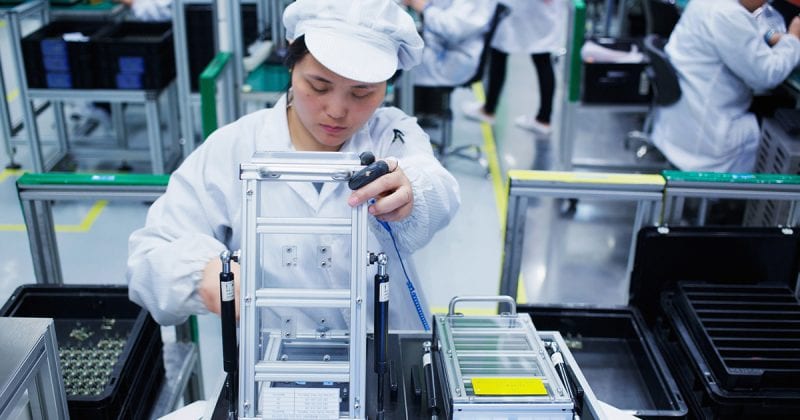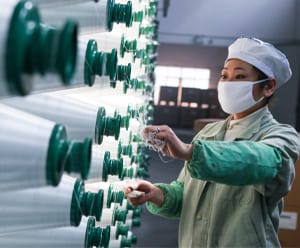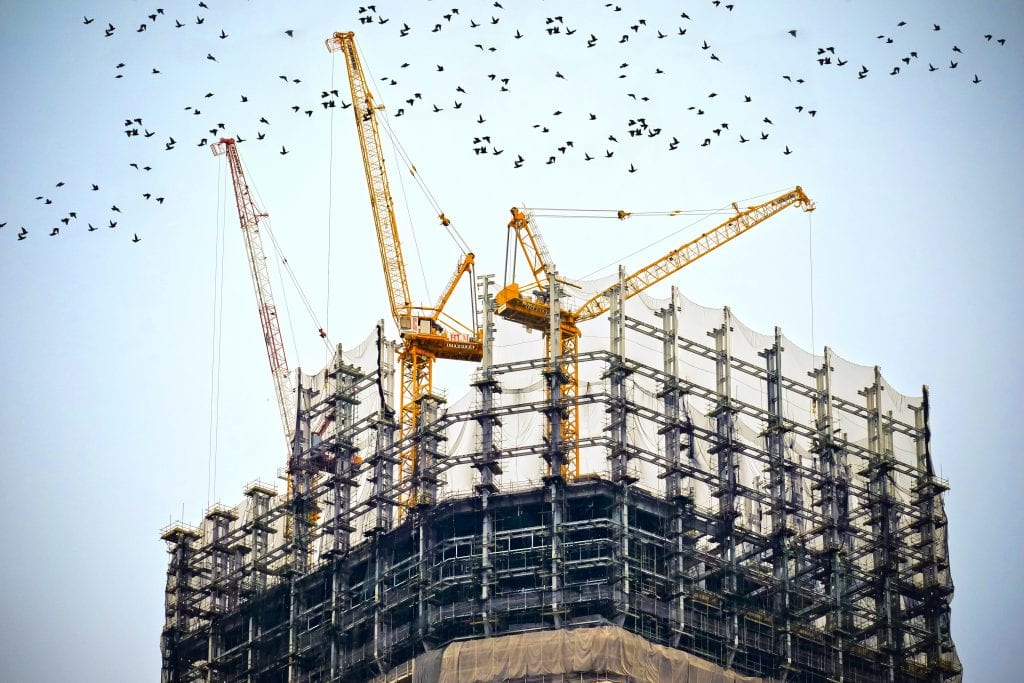
What Asia’s manufacturing revival means for business

Key takeaways
- Asia Pacific countries are investing heavily in local manufacturing hubs targeted at boosting high-value industries
- Intra-Asia trade lanes will experience significant growth, particularly in the China-India and China-Indonesia trade lanes
- Businesses can benefit from a range of tax breaks and other incentives when manufacturing in certain countries
Contrary to many predictions, Asia’s growth story is far from over. That’s the conclusion of Demystifying Asia Pacific Trade Trends, the report compiled by DHL and IDC that examines some of the major forces driving a renaissance in Asia Pacific’s growth and development. One of those forces is common across a number of Asia’s fastest-growing economies: investment in local manufacturing.
“Many countries throughout Asia Pacific are building up domains of expertise in the manufacture and export of specific goods, which enables them to deliver a level of price and quality that caters uniquely to regional needs,” says Kelvin Leung, CEO, DHL Global Forwarding Asia Pacific. “We expect that this will increasingly drive intra-APAC trade between nations with complementary areas of expertise, allowing countries to sustain domestic demand while also further growing their core industries.”
These domains of expertise vary between countries – Vietnam is courting high-tech electronics manufacturers, India has honed in on pharmaceutical goods – but in most cases, growth is being heavily supported by public policy and infrastructural investment. Vietnam, Indonesia, and Malaysia all offer tax incentives aimed at boosting locally-manufactured goods. Initiatives like “Made in China 2025” and “Make in India” support capital investments that not only increase manufacturing capacity, but also encourage higher productivity and innovation to add greater value to locally-produced goods.
“…low-cost, highly-connected and extremely specialized manufacturing hubs are becoming the new normal.”
Macro-economic factors are also playing a role in Asia Pacific’s manufacturing boom. China’s rising manpower costs mean that more multinational enterprises have embraced a “China Plus One” strategy: supplement production in China with manufacturing in countries like Vietnam that offer cheaper labor and generous tax breaks. At the same time, trade liberalization agreements like the ASEAN Economic Community have dramatically lowered tariffs, customs requirements, and other barriers to manufacturing in Asia and selling to the world.
“It’s no surprise that half of the world’s trade lanes are expected to be between Asian countries by 2030,” says Leung. “Businesses need to consider these trade lanes as a crucial part of how they grow and compete, whether as a means to cut down costs or to gain access to markets with the highest demand.”
Growth and the China connection
Two trade lanes stand out as particularly promising drivers of growth due to manufacturing: China-India and China-Indonesia. The China-Indonesia route will see higher exports of Chinese value-added consumer goods to Indonesia, even as China receives more commodities – such as coal, rubber, and palm oil – that it needs to support local production of consumer goods. On the China-India route, high-growth Indian exports will include specialty goods like textiles and pharmaceuticals, complemented by China’s growing exports of electronics – particularly smartphones and other mobile devices – to India.
How can businesses take advantage of future growth in these areas? “Talk to logistics partners and customers to understand the trade lanes that will impact your operations, and decide what sort of strategic advantage you want to derive from them,” says Leung. “Will your margins increase if you adopt a ‘China Plus One’ approach and set up secondary manufacturing zones elsewhere in Asia? Can you tap into tax incentives by moving production to a new market? Most of all, how efficiently can you move goods along these trade lanes to keep up with consumer demand?”
“As intra-APAC trade grows and local manufacturing clusters gain in strength, the economics and logistics of operating in Asia will continue to change. It’s essential that businesses plan ahead to maintain their competitive edge in a region where low-cost, highly-connected and extremely specialised manufacturing hubs are becoming the new normal.”
To keep ahead in today’s changing business environment and to learn more about the trade trends within the region, get the Demystifying Asia Pacific Trade Trends report here. Some of these topics are tangibly showcased at the DHL Innovation Center.
ALSO WORTH READING










 English
English